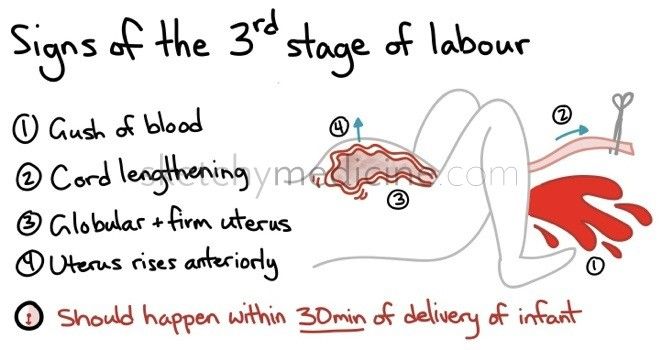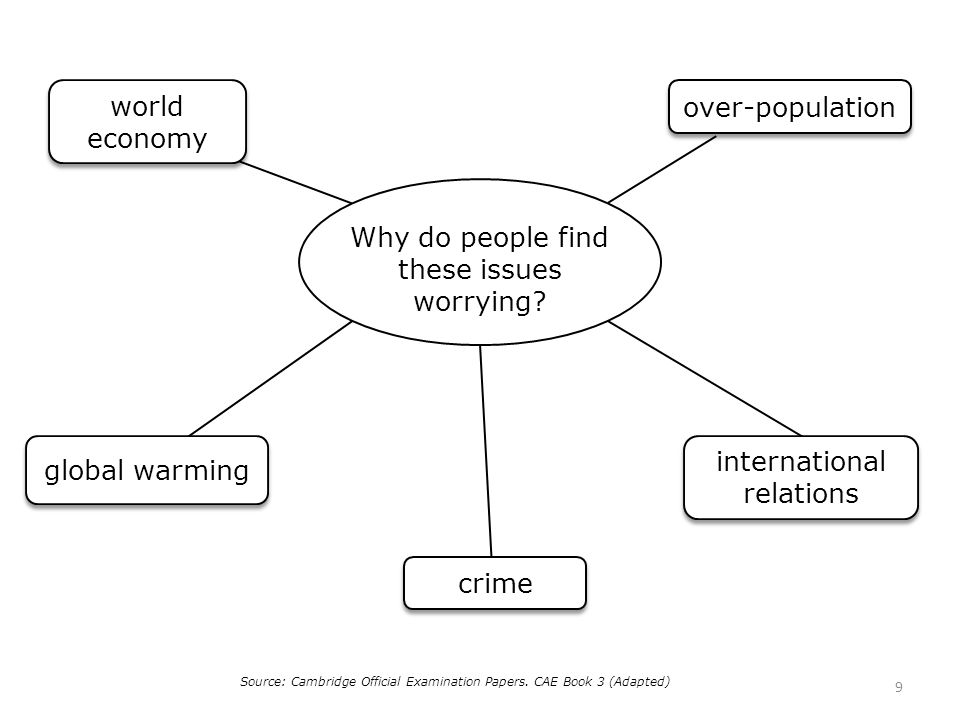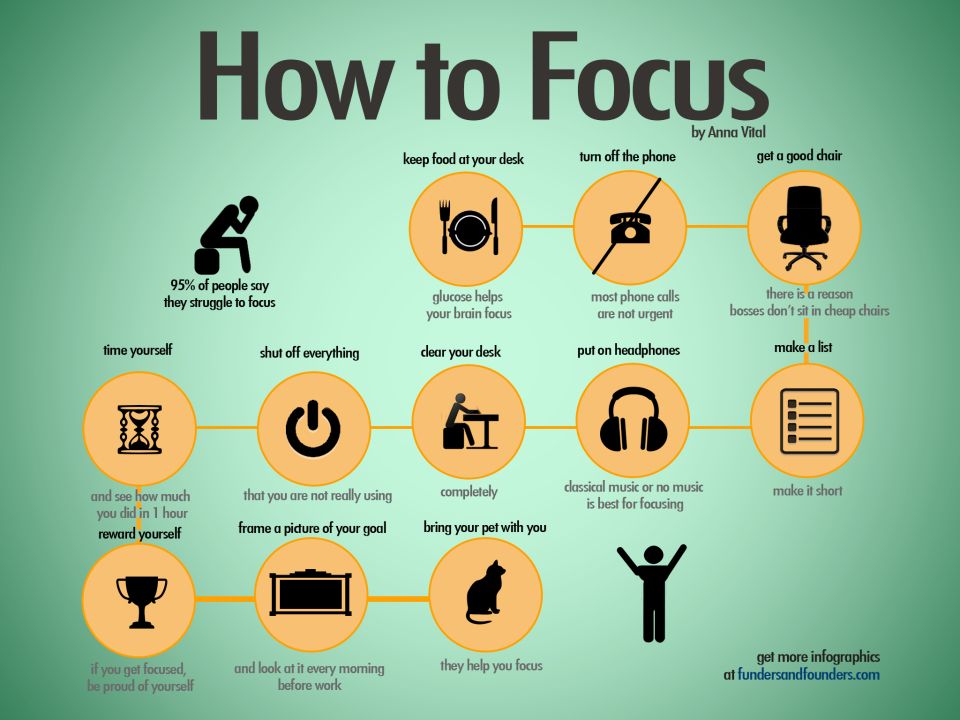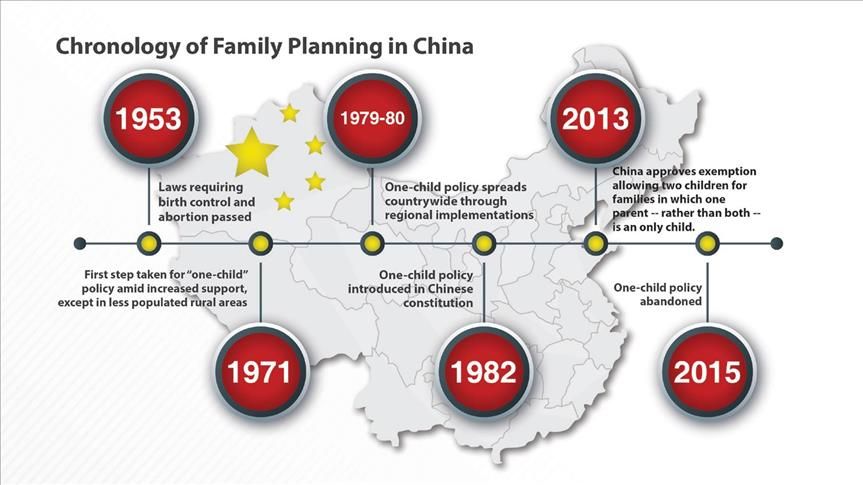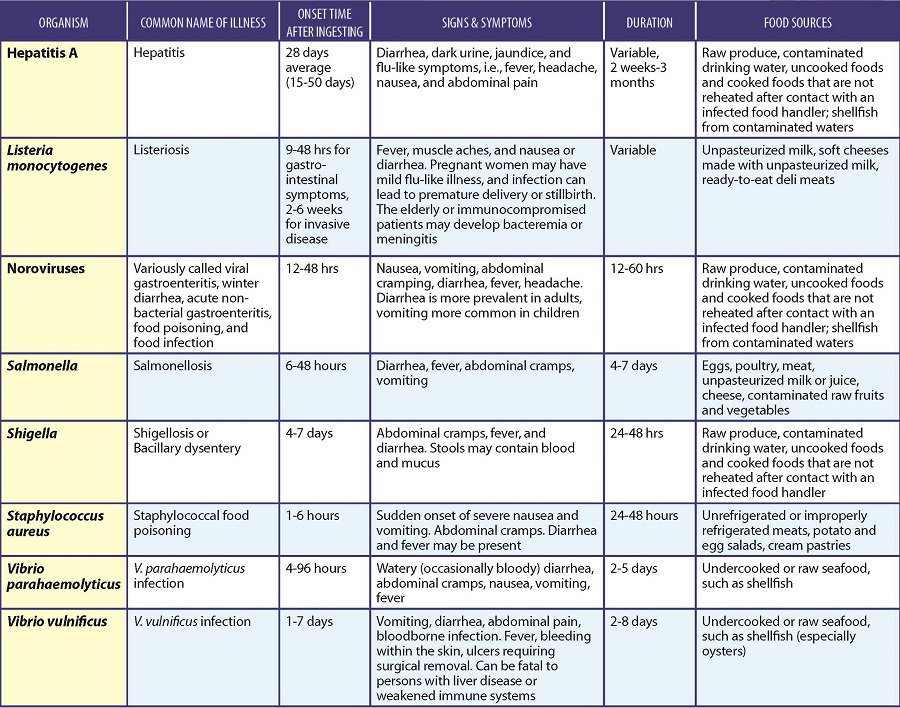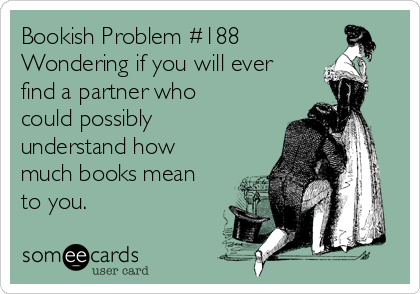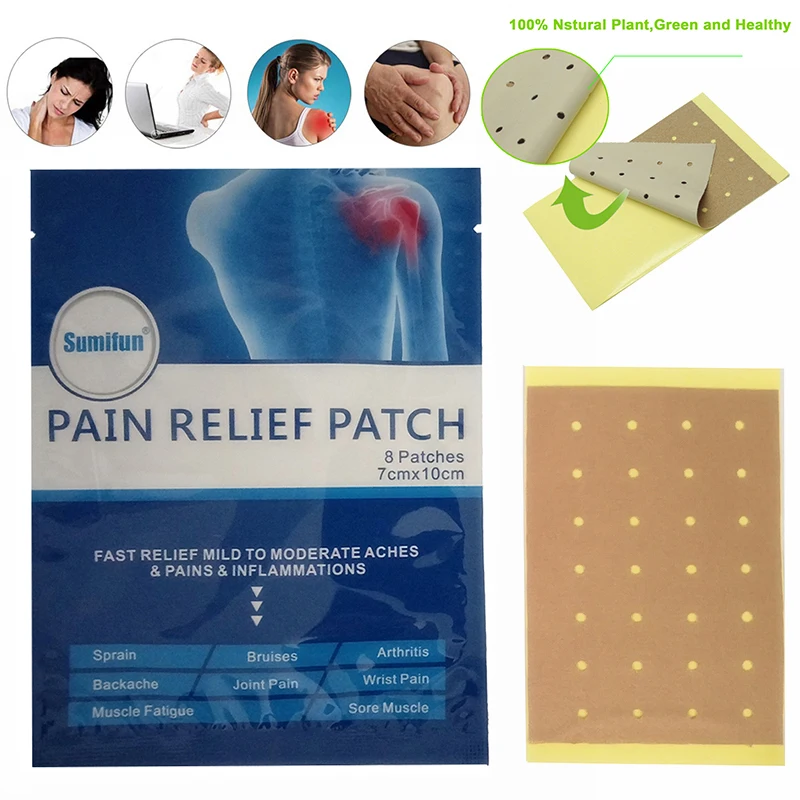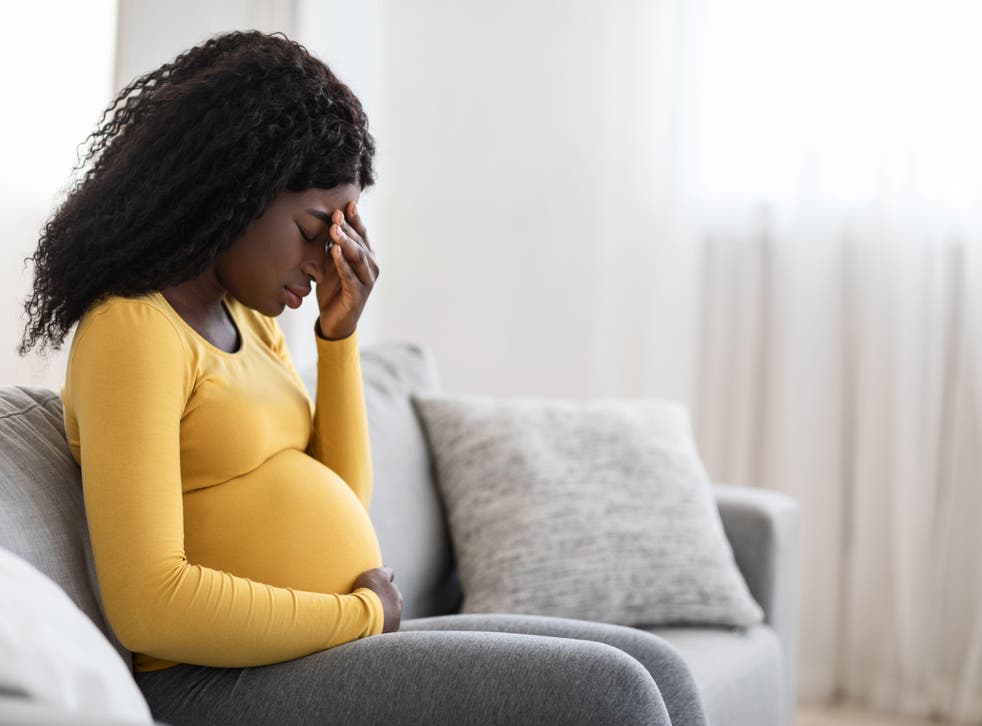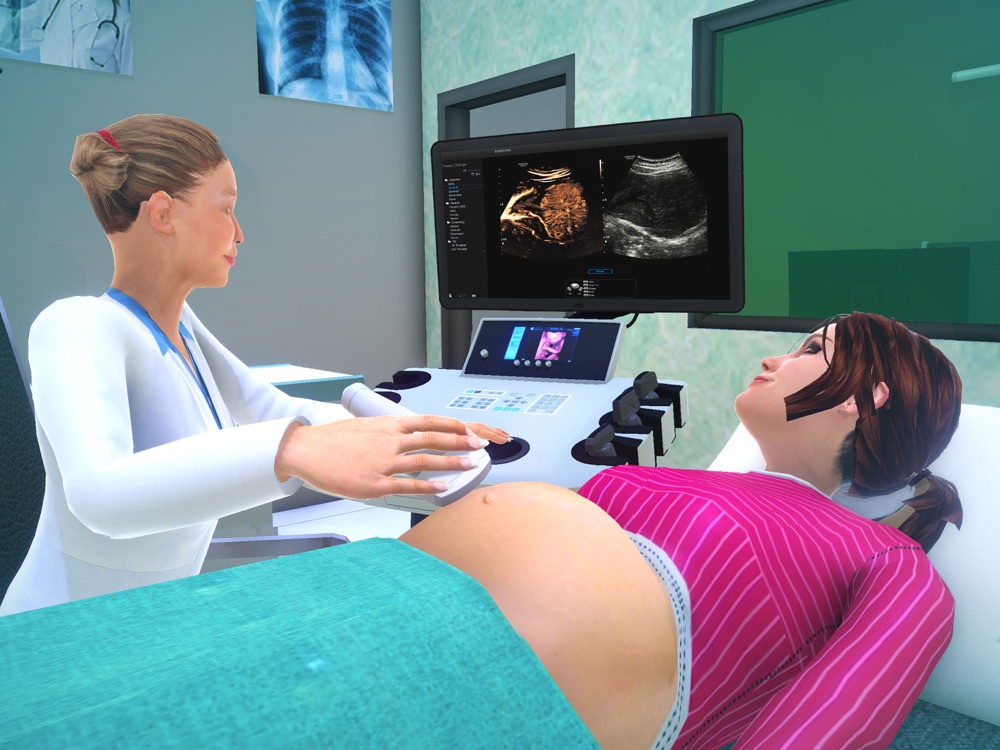Treating lice in babies
Head lice & nits: children & teens
About head lice and nits
Head lice are tiny, wingless insects that live in human hair and feed on blood in the scalp.
Nits are the eggs of head lice. Brown-black nits are eggs that haven’t hatched into lice yet. White nits are eggs that have already hatched.
Head lice can’t jump or fly, so they spread only when people are in close contact – for example, when heads are close together, when you wear an affected person’s hat or scarf, or when you use an affected person’s comb or hairbrush.
This means head lice spread very easily among household members and children at school and child care.
It’s very common for children to get head lice. Some children get head lice several times a year.
Head lice don’t carry any diseases.
Body lice and pubic lice are different from head lice. Body lice and pubic lice aren’t common in children.
Symptoms of head lice or nits
If your child has head lice, you might notice your child itching and scratching, especially around the back of their neck and behind their ears. Scratching can make the scalp look scaly or have crusty spots.
When you look closely at your child’s hair, you might see small, oval-shaped, white or brown-black nits attached to the root of the hair, near the scalp.
You might also see live head lice. Live head lice move fast. To spot live lice, you might have to part your child’s hair very quickly or use the wet-combing treatment described below.
A bad case of head lice can lead to itchy dermatitis on the scalp, crusted sores and enlarged lymph nodes in the neck. But this isn’t common, and your child can avoid it if your treat their head lice as soon as possible.
Does your child need to see a doctor about head lice or nits?
You should see your GP if you’ve tried the treatments below and they’re not working.
You should see also your GP if your child:
- is itching and scratching a lot and it interrupts their sleep
- has sores on their scalp
- has been treated 3 or more times in a year.

Treatments for head lice: anti-lice products and wet-combing
There are two ways to treat head lice at home – anti-lice hair products and wet-combing.
Anti-lice products
You can get anti-lice products from your pharmacy without a prescription. Lotions, liquids and creams are more effective than shampoos.
These products can be unpleasant for your child because of their strong smell and because they sometimes irritate the skin on the scalp. It’s important to follow the instructions carefully.
It’s important to check that the lice are dead once you’ve used the product. If they aren’t dead, try using a product with a different active ingredient. The active ingredients in these products include permethrin, maldison or pyrethrin. Ask your pharmacist if you’re not sure which product to try.
You’ll need to treat your child again about one week after the first lice treatment, to kill any eggs that have hatched and become mature lice since the first treatment.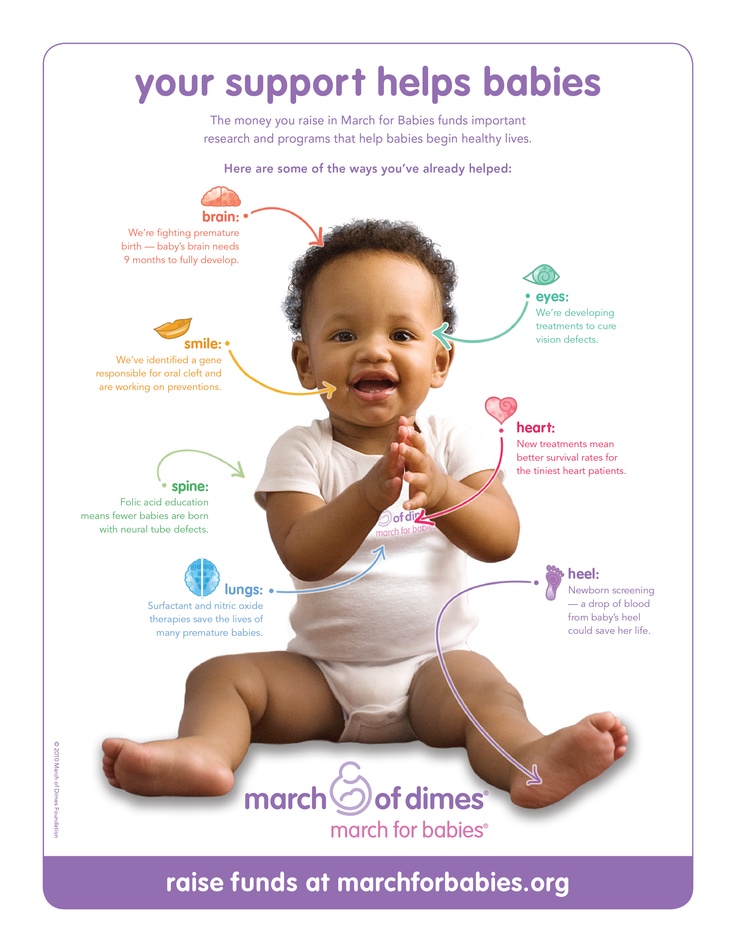
Wet-combing treatment
This head lice treatment involves combing wet hair with a special fine-toothed, metal lice comb and hair conditioner. You can buy these combs from your pharmacy, and any type of conditioner will do. You can also try silicone gel instead of hair conditioner, but this can be hard to find.
Here’s what to do:
- Apply a lot of conditioner to your child’s wet hair. Rub it into the scalp and along the hair shafts.
- Leave the conditioner on for at least 15 minutes. You can put a shower cap over your child’s head while you’re waiting. The conditioner and cap suffocate the lice, and they release their claws from the hair shaft or scalp.
- Use the lice comb to remove the conditioner from your child’s hair. Insert the comb until it gently touches the scalp and then firmly comb out from the scalp. Clean the comb between strokes with a tissue and/or tap water. You’ll often be able to see how many lice you’ve combed out of your child’s hair.
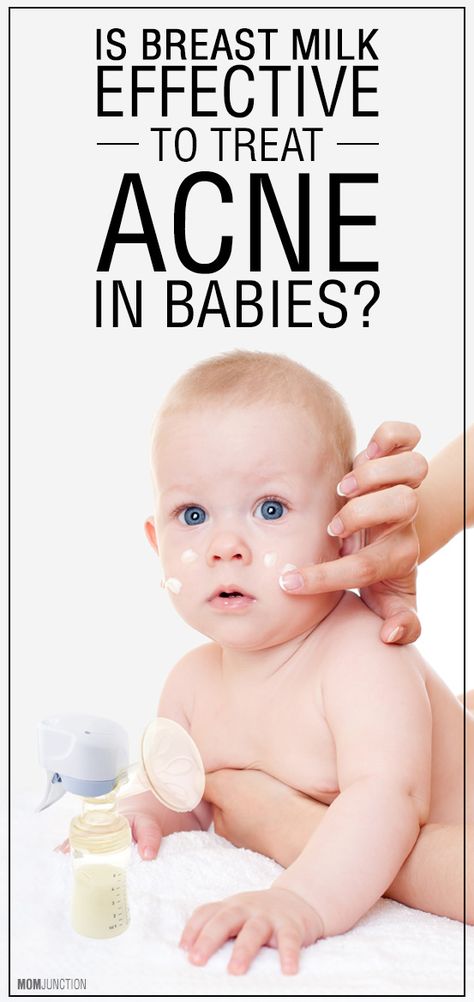
- Comb your child’s entire head thoroughly at least twice.
Repeated wet-combing is a very good head lice treatment. Comb every 2-3 days for 2 weeks, until a full combing doesn’t show any eggs or lice on the entire scalp.
Wet-combing takes time, often more than 30 minutes. You can distract your child by talking about their day, or letting your child read a book, play games on a mobile device, or watch the TV while you comb.
If your child has head lice, you should treat all family members at the same time.
Treatment for repeated cases of head lice
It can be very hard to get rid of head lice. Treatment doesn’t always work, especially the first time you do it.
Some children get head lice several times each year. This can be very upsetting for your child and for you.
If your child has been treated for head lice more than 3 times in a year, it’s a good idea to talk to your GP about other treatments.
Children who keep getting head lice can be prescribed a tablet medication called ivermectin, which is very good at killing lice.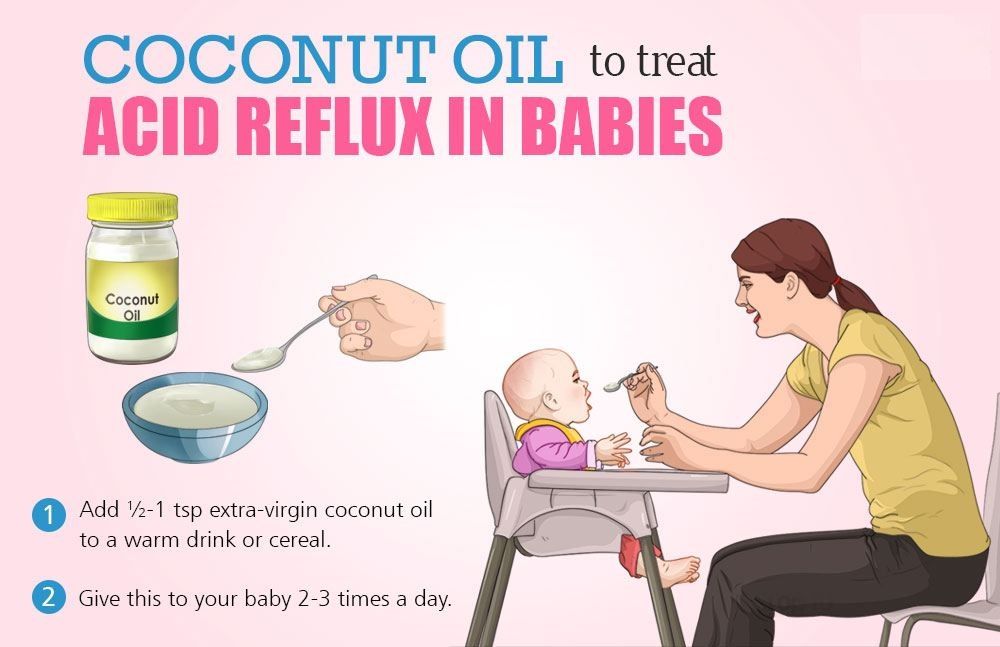
Prevention of head lice
The best way to stop your child from getting head lice is stop them from sharing brushes or hats with other children.
Your child is unlikely to get head lice from things like furniture, pillows and carpet. But if someone in your family has head lice, you could consider washing any clothes or bedding the person has used in the last 48 hours. Use a hot wash cycle and dry things in a hot dryer. You could also vacuum carpets and furniture.
Let your child’s child care service, preschool or school know that your child has lice. Keep your child at home until the day after you’ve treated them.
Head Lice: What Parents Need to Know
By: Dawn Nolt, MD, MPH, FAAP
Head lice are a common problem, especially among school-aged children and their families. The lice can attach to the hair of anyone's head. It doesn't matter if the hair is clean or dirty. Head lice are also found worldwide in all different places, such as in homes or schools or the country or city.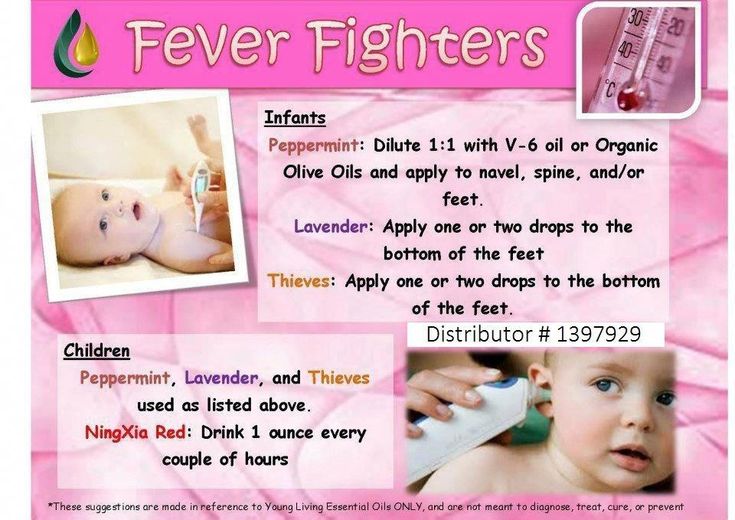 It doesn't matter how clean, dirty, rich or poor the place or person is.
It doesn't matter how clean, dirty, rich or poor the place or person is.
Though head lice may be a nuisance, they don't cause serious illness or carry any diseases. Head lice can be treated at home, but it's important to check with the doctor first. (See "Head Lice Medicines," below).
Read on for information to help you check for, treat and prevent the spread of head lice.
What are head lice?
Head lice are tiny bugs about the size of a sesame seed (2–3 mm long [mm stands for millimeter]). Their bodies are usually pale and gray, but their color may vary. One of these tiny bugs is called a louse.
Head lice feed on small amounts of blood from the scalp. They can't survive more than 1 day without a blood meal.
What are nits?
Lice lay and attach their eggs to hair close to the scalp. The eggs and their shell casings are called nits. Lice eggs are oval and about the size of a knot in thread (0.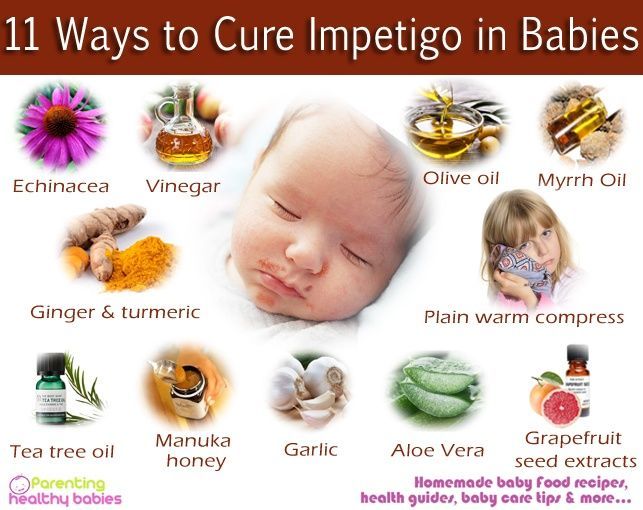 8 mm long and 0.3 mm wide) and usually yellow to white.
8 mm long and 0.3 mm wide) and usually yellow to white.
Some nits may blend in with some people's hair color, making them hard to see, and are often confused for dandruff or hair spray droplets. Nits attach to the hair with a sticky substance that holds them firmly in place. After the eggs hatch, the empty nits stay on the hair shaft.
What is the life cycle of head lice?
Head lice live about 28 days. They develop in 3 phases: egg (also called a nit), nymph, and adult louse.
Egg or nit. Eggs or nits hatch in 7 to 12 days, depending on the surrounding temperature. Eggs are usually found within 4 to 6 mm of the scalp and do not survive if they are farther away.
Nymph. The nymph looks like an adult head louse but is much smaller (about the size of a pinhead [1.5 mm]). Nymphs become adults about 9-12 days after hatching.
Adult louse. An adult female louse can lay up to 10 eggs a day.
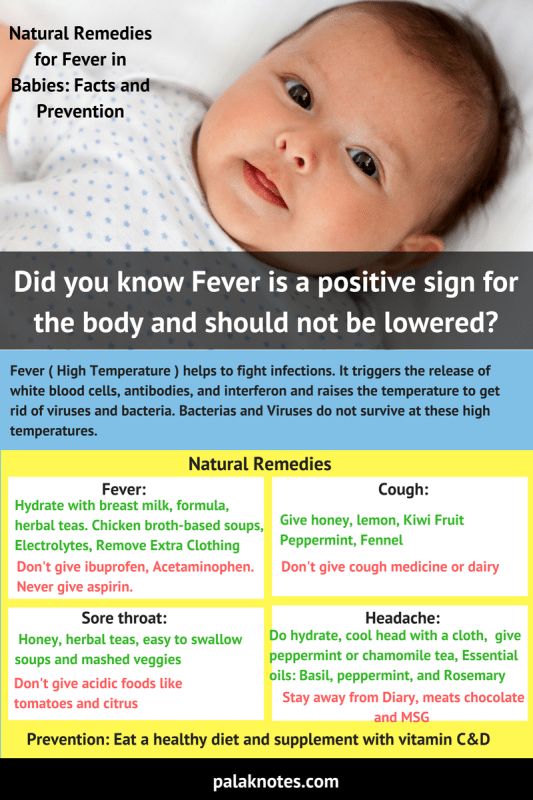 It takes only about 12 to 14 days for newly hatched eggs to reach adulthood.
It takes only about 12 to 14 days for newly hatched eggs to reach adulthood.
This cycle can repeat every 3 weeks if head lice are left untreated.
How common are head lice?
Head lice are most common in preschool- and elementary school–aged children. Each year millions of school-aged children in the United States get head lice. However, anyone can get head lice. Head lice are found worldwide.
How do head lice spread?
Head lice are crawling insects. They cannot jump, hop, or fly. The main way that head lice spread is from close, prolonged head-to-head contact. There is a very small chance that head lice will spread by sharing items such as combs, brushes, hats and sports helmets.
What are symptoms of head lice?
Itching on the areas where head lice are present is the most common
symptom. However, it may take up to 4 to 6 weeks after lice get on the scalp before the scalp becomes sensitive to the lice saliva and begins to itch. Most of the itching happens behind the ears or at the back of the neck. Also, itching caused by head lice can last for weeks, even after the lice are gone.
Most of the itching happens behind the ears or at the back of the neck. Also, itching caused by head lice can last for weeks, even after the lice are gone.
How do you check for head lice?
Regular checks for head lice are a good way to spot head lice before they have time to multiply and infest (are present in large numbers) your child's head.
Seat your child in a brightly lit room.
Part their hair.
Look for crawling lice and for nits on your child's scalp a section at a time.
Live lice are hard to find. They avoid light and move quickly.
Nits will look like small white or yellow-brown specks and be firmly attached to the hair near the scalp. The easiest place to find them is at the hairline at the back of the neck or behind the ears. Nits can be confused with many other things such as dandruff, dirt particles or hair spray droplets. The way to tell the difference is that nits are firmly attached to hair, while dandruff, dirt or other particles are not.

Use a fine-tooth comb (such as a louse or nit comb) to help you search the scalp section by section.
What is the comb-out method for lice?
The comb-out method can be used to help check for nits and head lice or to help remove nits and head lice after head lice treatment. However, the comb-out method usually doesn't work on its own to get rid of head lice.
Here is how you use the comb-out method:
Step 1: Wet your child's hair.
Step 2: Use a fine-tooth comb (louse or nit comb) and comb through your child's hair in small sections.
Step 3: After each comb-through, wipe the comb on a wet paper towel. Examine the scalp, comb, and paper towel carefully.
Step 4: Repeat steps 2 and 3 until you've combed through all of your child's hair.
How do you treat head lice?
Check with your child's doctor before beginning any
head lice treatment.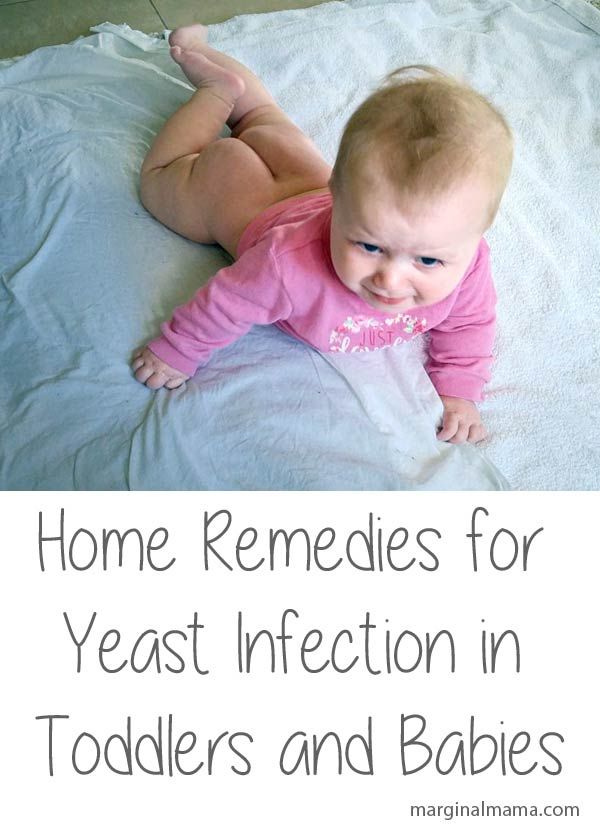 The most effective way to treat head lice is with head lice medicine. After each treatment, using the comb-out method every 2 to 3 days for 2 to 3 weeks may help remove the nits and eggs.
The most effective way to treat head lice is with head lice medicine. After each treatment, using the comb-out method every 2 to 3 days for 2 to 3 weeks may help remove the nits and eggs.
Head lice medicine should be used only when it is certain that your child has living head lice. Remember, check with your child's doctor before starting any head lice medicine. Also, when head lice medicines are used, it is important to use them safely as directed.
Here are some safety guidelines for lice treatments:
Follow the directions on the package exactly as written.
Never let children apply the medicine. Medicine should be applied by an adult.
Always rinse the medicine off over a sink and not during a shower or bath, so the medicine doesn't run off the head onto other areas of skin. Place your child's head over a sink and rinse the medicine off with warm water (not hot water).
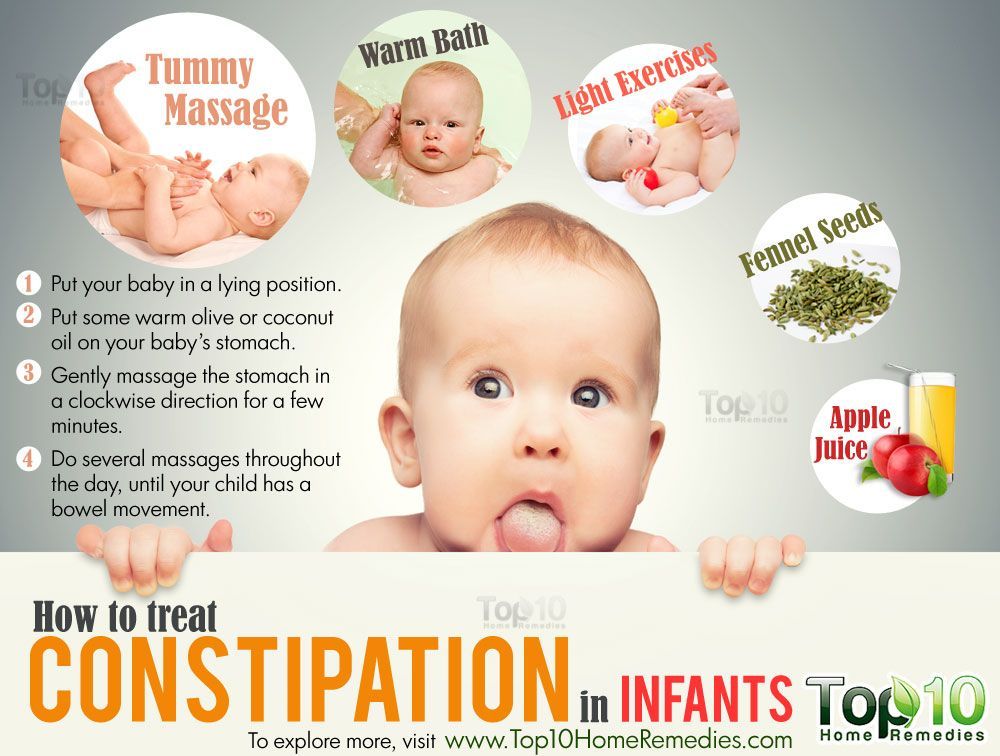
Never place a plastic bag on a child's head.
Do not leave a child alone with medicine in his or her hair.
Store medicine in a locked cabinet, out of sight and reach of children.
Check with your child's doctor before beginning a second or third medicine. Your child may just need to repeat the same medication, or switch to a new one.
Ask your child's doctor if you have any questions or if treatments you have tried have not gotten rid of lice.
Warning about dangerous home remedies for lice
Never use dangerous products like gasoline or kerosene or medicines made for use on animals! Also, do not use home remedies, such as petroleum jelly, mayonnaise, tub margarine, essential oils or olive oil, because no studies prove they work.
What head lice medicines are available?
Check with your child's doctor before beginning any treatment. See chart, below, for a list of head lice medicines approved by the U.S. Food and Drug Administration.
See chart, below, for a list of head lice medicines approved by the U.S. Food and Drug Administration.
Head Lice Medicines | |
Permethrin lotion (1%) Brand name products: Nix, Elimite and Acticin |
|
Pyrethrin-based product (shampoo or hair mousse) Brand name products: RID, A-200, Pronto, R&C, Triple X and Licide |
|
|
Ivermectin lotion (0.5%)
Brand name product: Sklice |
|
Malathion lotion (0.5%) |
|
Spinosad topical suspension (0.9%) |
|
Ivermectin 3-mg tablets |
|
What else do I need to know about treating head lice?
You may want to wash your child's clothes, towels, hats, and bed linens in hot water and dry on high heat if they were used within 2 days before head lice were found and treated. You do not need to throw these items away. Items that cannot be washed may be sealed in a plastic bag for 2 weeks or dry-cleaned..
Do not spray pesticides in your home. They can expose your family to dangerous chemicals and are not needed when you treat your child's scalp and hair properly.
All household members and close contacts should be checked and treated for head lice if necessary.
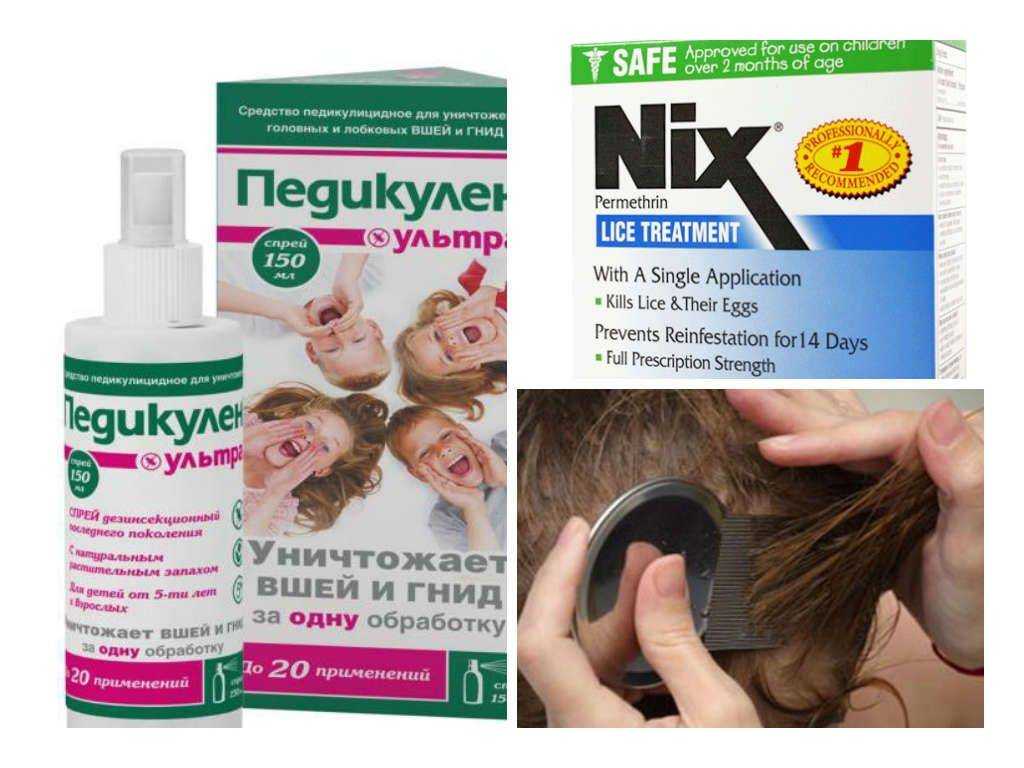
About school "no-nit" policies
Some schools have "no-nit" policies stating that students who still have nits in their hair cannot return to school. The American Academy of Pediatrics and National Association of School Nurses discourage such policies and believe a child should not miss or be excluded from school because of head lice.
Remember
Head lice don't put your child at risk for any serious health problems. Products should be used only if those products are safe. If your child has head lice, work quickly but safely to treat your child to prevent the head lice from spreading.
More information
-
Head Lice Treatment Myths & Realities
- Controlling Head Lice & Reducing Stigma
-
Lice-Head (KidsDoc Symptom Checker)
-
Head Lice (AAP Clinical Report)
-
Head Lice Prevention & Control (CDC)
-
Head Lice Management in Schools (National Association of School Nurses)
About Dr.
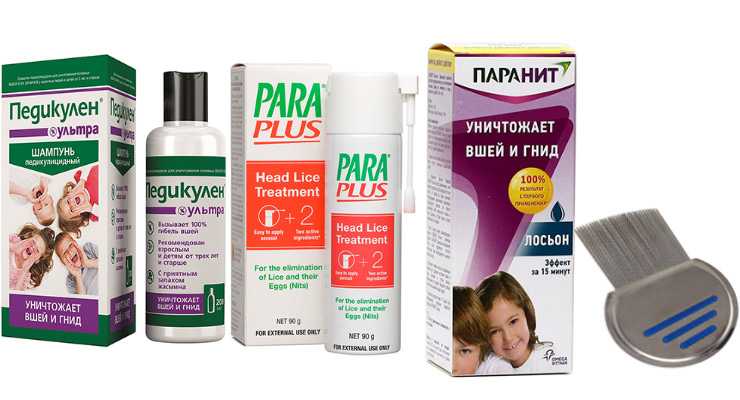 Nolt
Nolt
Dawn Nolt, MD, MPH, FAAP is a Professor of Pediatric Infectious Diseases at Oregon Health & Science University Doernbecher Children's Hospital in Portland. Dr. Nolt currently serves as medical director of the antimicrobial stewardship program and the department of infection prevention and control at the hospital. She is a member of the American Academy of Pediatrics, and previously served on its Committee on Infectious Diseases. Outside of the hospital, Dr. Nolt enjoys spending time with her husband and daughter, discussing the positive impact of superheroes, both in comic books and real life.
The information contained on this Web site should not be used as a substitute for the medical care and advice of your pediatrician. There may be variations in treatment that your pediatrician may recommend based on individual facts and circumstances.
Treatment and prevention of pediculosis in children
Pediculosis is a problem around which there are still many myths and conjectures. This is a problem that we consider to be a sign of trouble - economic, social. Most of us are still sure that pediculosis primarily affects those who do not follow the rules of hygiene, rarely wash themselves. In fact, pediculosis knows no boundaries, does not make social differences. Lice, contrary to expectations, are not at all afraid of water (but freeze for a while, losing the ability to move quickly) and feel best just on clean hair. nine0004
This is a problem that we consider to be a sign of trouble - economic, social. Most of us are still sure that pediculosis primarily affects those who do not follow the rules of hygiene, rarely wash themselves. In fact, pediculosis knows no boundaries, does not make social differences. Lice, contrary to expectations, are not at all afraid of water (but freeze for a while, losing the ability to move quickly) and feel best just on clean hair. nine0004
Pediculosis was known in Ancient Egypt. Today, this problem exists both in African countries and in Europe and North America. In the UK, three times a year, many schools hold special "prophylactic" days - the Bug Busting Program. If a child goes to a social institution (kindergarten, school, circles), then if lice are found, he will be taken home for at least 10 (30) days. In our country, going to school after the detection of pediculosis is possible only with the help of a pediatrician. nine0005
Up to 300 thousand cases of head lice are registered in Russia every year. The peak of the spread of pediculosis falls on the post-vacation time - when children return to schools and kindergartens. First of all, this applies to children from 4 to 11 years old - it is in them that lice are most often found on examination. But you can catch this unpleasant disease at any age.
The peak of the spread of pediculosis falls on the post-vacation time - when children return to schools and kindergartens. First of all, this applies to children from 4 to 11 years old - it is in them that lice are most often found on examination. But you can catch this unpleasant disease at any age.
How to detect lice?
If you are not in the habit of regularly examining your child's hair (at the back of the head, behind the ears, at the temples), then the first thing you notice is the constant itching of the scalp. It will especially itch on the back of the head and behind the ears of the child - in those places where the skin is most sensitive. Itching appears approximately 2-4 weeks after the insect enters the child's hair. nine0005
When examining the lice themselves, it is very difficult to detect, but you can see their nits - laid eggs. These are tiny whitish or yellowish oblong "grains" on the hair. Nits are firmly attached to the hair, most often closer to its root, do not deflate or fall off, unlike, for example, dandruff, with which they can be confused.
Also on examination, you can see a rash - pink or red dots. It could be bite marks.
How to get rid of parasites?
There are three ways:
- mechanical
- medicinal
- combined
Mechanical method involves combing the hair with a special comb (with frequent long metal teeth). There are electric combs - an electrical impulse kills lice and nits.
Medication (chemical) are shampoos, sprays, creams based on the active ingredients permethrin, malathion, phenothrin and carbaryl (used in the UK). True, according to recent studies, head lice are already resistant to permethrin and malathion. nine0005
Therefore, the most optimal and effective way is combined . It consists in using medical and mechanical methods: wet the hair (treat with a special spray) and then comb the hair with a special comb. Combing dry hair is less effective.
Please note that the treatment will need to be repeated after 10 days (more than once if necessary). In addition, it is necessary to examine and "treat" all family members. Wash the child's linen (clothes, bedding) in tar soap and iron well. nine0005
Please note that the empty "shells" in which the nits lived may still remain on the hair for some time even after repeated removal of the lice. They can also be combed out with special combs.
How not to catch head lice
- Do not use other people's combs, do not try on other people's hats. Girls should be warned that everyone should have their own hairpins, hair bands, headbands - and it is better to put your hair in a ponytail or a bun for school. nine0023 Teach your child to brush regularly.
- Close contact with other children (head-to-head sitting) is also an additional risk.
Facts about pediculosis
- The average louse lays 6 to 10 nits daily.
- louse lives on average 3 weeks.
- lice have been found… among mummies during excavations in Egypt.
- according to statistics (pubmed.com) girls are more prone to lice. And not at all because they have long hair - they are more prone to close contact with friends, relatives than boys - to hug, sit closer to a girlfriend, try on girlfriend's clothes, etc.). nine0024
description, symptoms, treatment and prevention
Dermatovenerologist
Khasanova
Alina Rashidovna
Experience 10 years
Make an appointment
Pediculosis is a lesion of the human body by blood-sucking parasites that prefer to settle on the surface of the skin and hair. As a result of the activation of their vital activity and bites, the patient feels pain, itching and irritation on the skin. Pediculosis is more common in children. This may be due to the lack of maturity of the child's immune system, unable to withstand the attacks of parasites. In addition, the disease is often the result of non-compliance with the rules of personal hygiene in preschool institutions. nine0081
Description
Depending on the habitat, lice are classified as follows:
- head insects often inhabit the scalp. Their timely detection can be difficult due to the length and density of the hairline;
- pubic lice can be found in the genital area, on the eyebrows and in the armpits, where insects find favorable conditions for life and reproduction; nine0023 body lice live on clothing in contact with the body. They feed on human blood, but do not pass on to him.
All three species are united by a similar structure and individual morphological features. The length of insects is usually from 0.5 mm to 0.5 cm. Lice are attached to the skin and hair thanks to three pairs of legs. In the presence of favorable conditions and the absence of treatment, they multiply rapidly and spread throughout the body, causing inconvenience due to their vital activity and numerous bites. More often, pediculosis is diagnosed in workers in large groups, where insects easily crawl to a new habitat. The main method of transmission of pediculosis is contact-household, so a sharp surge in cases of the disease should be regarded as an unsatisfactory sanitary condition of the premises. nine0005
Infection with pediculosis from animals is impossible: lice prefer to settle only on the human body and cannot feed on the blood of other organisms. Immediately after the appearance of the first individuals, a short asymptomatic period begins. Within 7-8 days, it is extremely difficult to detect signs of head lice. An indirect indication of infection is severe itching in the temporal and occipital part of the head, as well as spot redness and abscesses that form at the site of bites. Often, pediculosis acquires signs of folliculitis, in which the hair follicles lose their viability, and hair loss begins. The skin acquires a pronounced rough structure, and the bite sites darken, resembling age spots. nine0005
Active reproduction of lice greatly simplifies the detection of pathogens. Numerous eggs - nits - are attached to the hair. Their whitish color and teardrop shape stand out sharply on the surface of the hairline. One individual can lay up to 10 eggs per day, the larvae of which become sexually mature within 14 days from the moment they are born. Nits resemble dandruff, but differ from it in dense attachment to the hair due to the adhesive fluid secreted by the mother. It is not possible to wash off the eggs even with the help of hygiene procedures, because. the substance is insoluble in water and detergents. nine0005
The greatest number of cases of scabies and pediculosis of the head is detected in children's groups and in places where there is a constant accumulation of people. Close bodily contact in case of non-compliance with elementary hygiene rules leads to a sharp increase in cases of the disease. Visiting hospitals, schools, holiday camps, sanatoriums, hairdressers, or places of detention may well lead to infestation with lice. If a person does not take care of themselves, rarely launders clothes and often shares personal accessories with others, the risk of infestation with lice increases significantly. Given the blood-sucking nature of these insects and the likelihood of transmission of serious diseases, it becomes clear the need to immediately consult a doctor when the first signs of pediculosis are detected. nine0005
Causes of head lice in adults and children
Close contact of people in the presence of at least one carrier of lice can cause infection of most or all of the team. Insect densities are rising rapidly, and the threat of disease spread is increasing exponentially. With the ability to crawl onto clothes and household items, lice easily spread throughout the room. Therefore, among the main reasons for the defeat are called:
- team density; nine0024
- non-compliance with the rules of personal hygiene and measures to prevent pediculosis;
- ignoring the primary signs of the disease.
A significant part of the diseased are families with a low standard of living. Timely detection of insects here can be complicated by the small size of the lice. However, the attention of adults to children's health makes it possible to identify the problem at the earliest stages. Parents should be alerted by the appearance of redness and pustules on the child's body, complaints of itching of the head. Most diagnosed cases are associated with head lice. Pubic insects are mainly spread sexually, so they are more often found on the body of adults. If in a family a child sleeps in the same bed with his parents, the probability of getting pubic lice in him approaches 100%. nine0005
Risk factors
The vast majority of cases of pediculosis are detected in preschool children, as well as in people with an asocial lifestyle and those who practice promiscuity. The high risk of infection, combined with poor hygiene, contributes to the rapid spread of lice, turning a person into a walking carrier of dangerous pathogens. Favorable factors for the development of the disease are a decrease in immunity, general weakness of the body due to poor nutrition, bad habits and frequent stress. nine0005
Complications of pediculosis
External "harmlessness" of the disease is deceptive. Active life and bites of blood-sucking insects can cause the development of a rash type, staphylococcal infections, and secondary pyoderma. Scratching the skin during itching can cause extensive inflammation and suppuration, which will be accompanied by soreness and discomfort.
When to see a doctor
For additional consultations and examinations, you can contact the doctors of Medicina JSC (clinic of academician Roitberg) in the central district of Moscow at the address: 2nd Tverskoy-Yamskoy lane, 10 (metro station Mayakovskaya, Belorusskaya, Novoslobodskaya, Tverskaya, Chekhovskaya) . It is recommended to start with a visit to a dermatologist, who, if necessary, will involve a trichologist and a psychologist in the examination and diagnosis. Experienced specialists will offer treatment for pediculosis, taking into account the age and characteristics of the patient's body, as well as the degree of its damage. During the appointment, comprehensive recommendations will be additionally provided on how to treat pediculosis and avoid re-infection. nine0005
Pediculosis treatment
The intensive process of reproduction and the short period of reaching puberty contribute to the rapid spread of insects throughout the scalp. The simultaneous presence of adults, larvae and nits forces the use of drugs that affect lice, regardless of their "age". The most effective remedies for pediculosis pathogens include:
- application of topical preparations - shampoos, sprays and lotions for hair treatment; nine0024
- combing with a fine-toothed comb for the mechanical removal of insects and nits;
- use of agents to heal bites and prevent their suppuration;
- cutting hair for an easier-to-manage hairstyle.
An important measure in the fight against head lice is the thorough washing and disinfection of clothing and bedding.
Important: if one of the pupils in the kindergarten group has lice, other parents should be notified in order to more carefully control the possible infection. The use of self-prepared shampoos and preparations for the treatment and prevention of head lice is not recommended due to their low effectiveness and possible danger to the health of the child. nine0005
Preventive measures
The list of recommendations for the prevention of pediculosis in adult patients includes the following rules:
- strict observance of the rules of personal hygiene;
- systematic monitoring of the health of the child and older family members;
- periodic treatment of pediculosis of wardrobe items and bed linen at high temperatures;
- isolation of sick family members; nine0023 regular prophylactic use of pediculosis drugs;
- Refusal of casual sex.
To protect your child from lice infestation, you must:
- carefully monitor the state of his health;
- to teach the basic rules of hygiene, to prohibit the use of other people's personal belongings;
- take care of a neat hairstyle;
- regularly conduct examinations for pediculosis in order to detect pathogens in a timely manner.
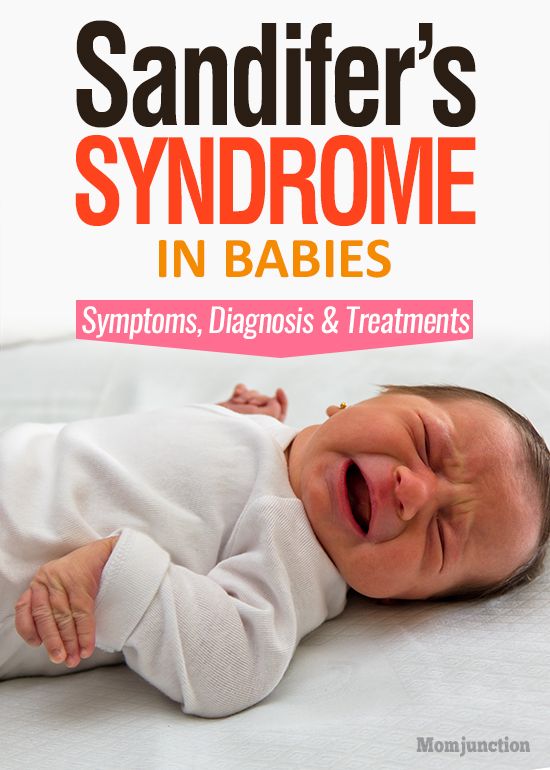 Do not shampoo for 24-48 hours afterwards.
Do not shampoo for 24-48 hours afterwards.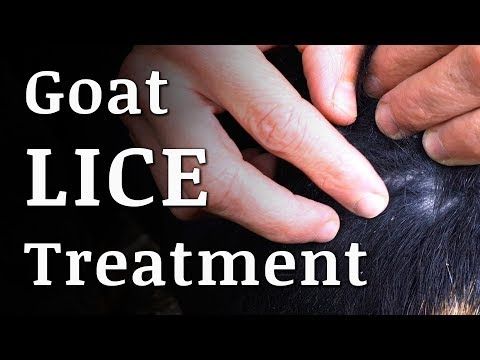 Do not shampoo for 24-48 hours afterwards.
Do not shampoo for 24-48 hours afterwards.
